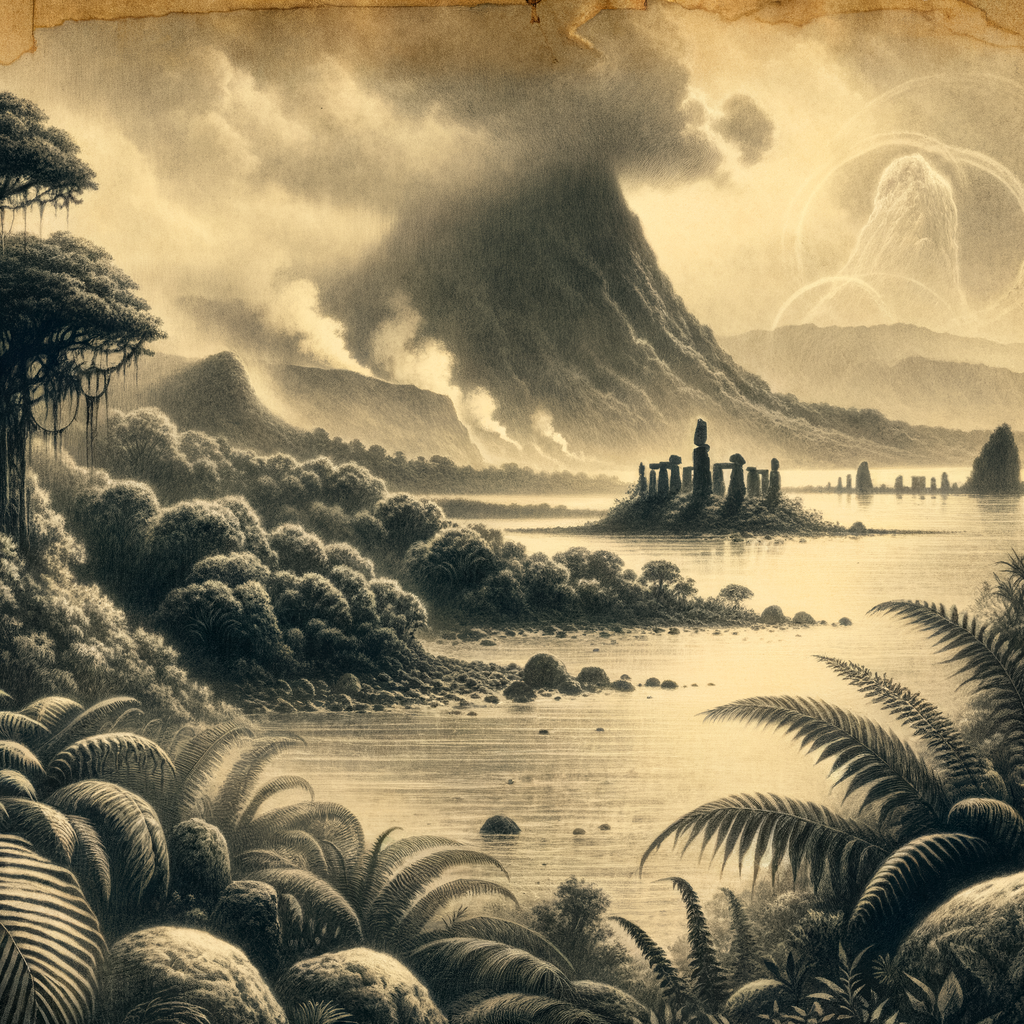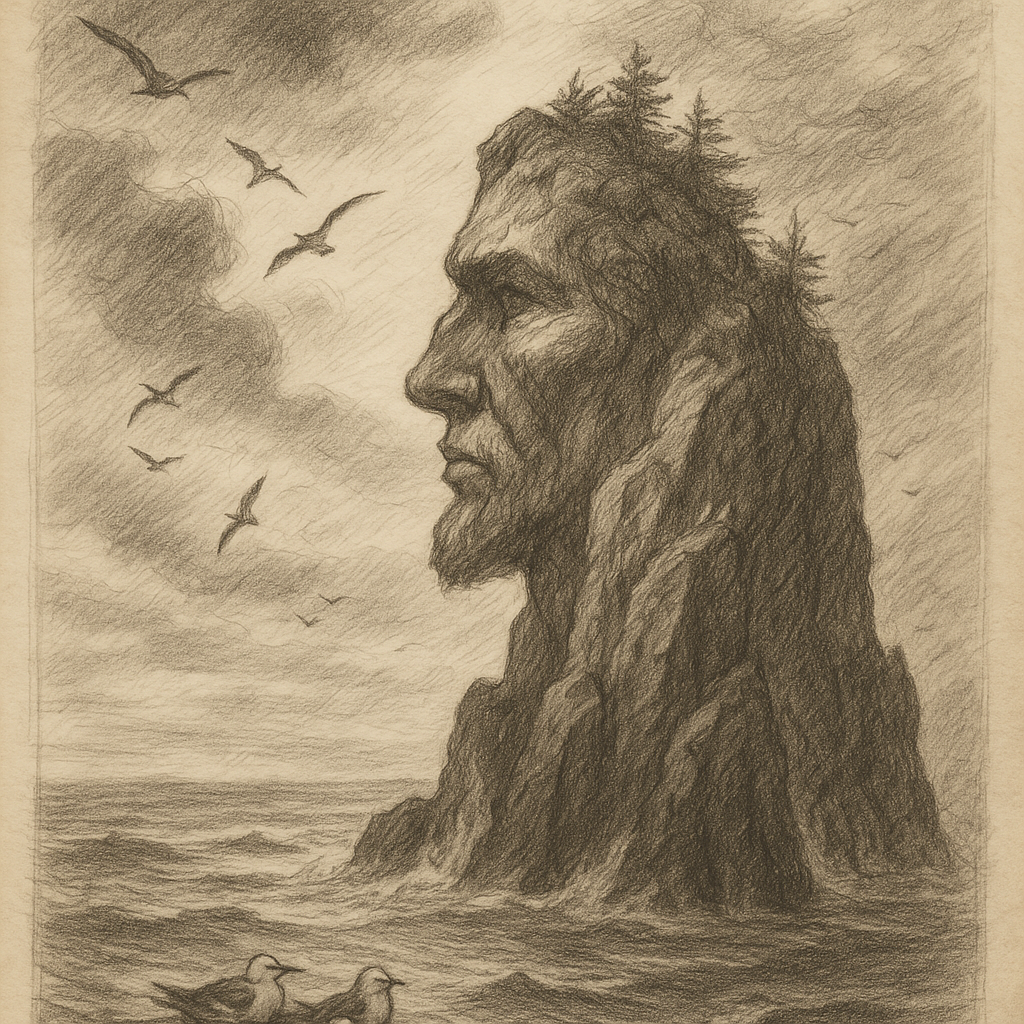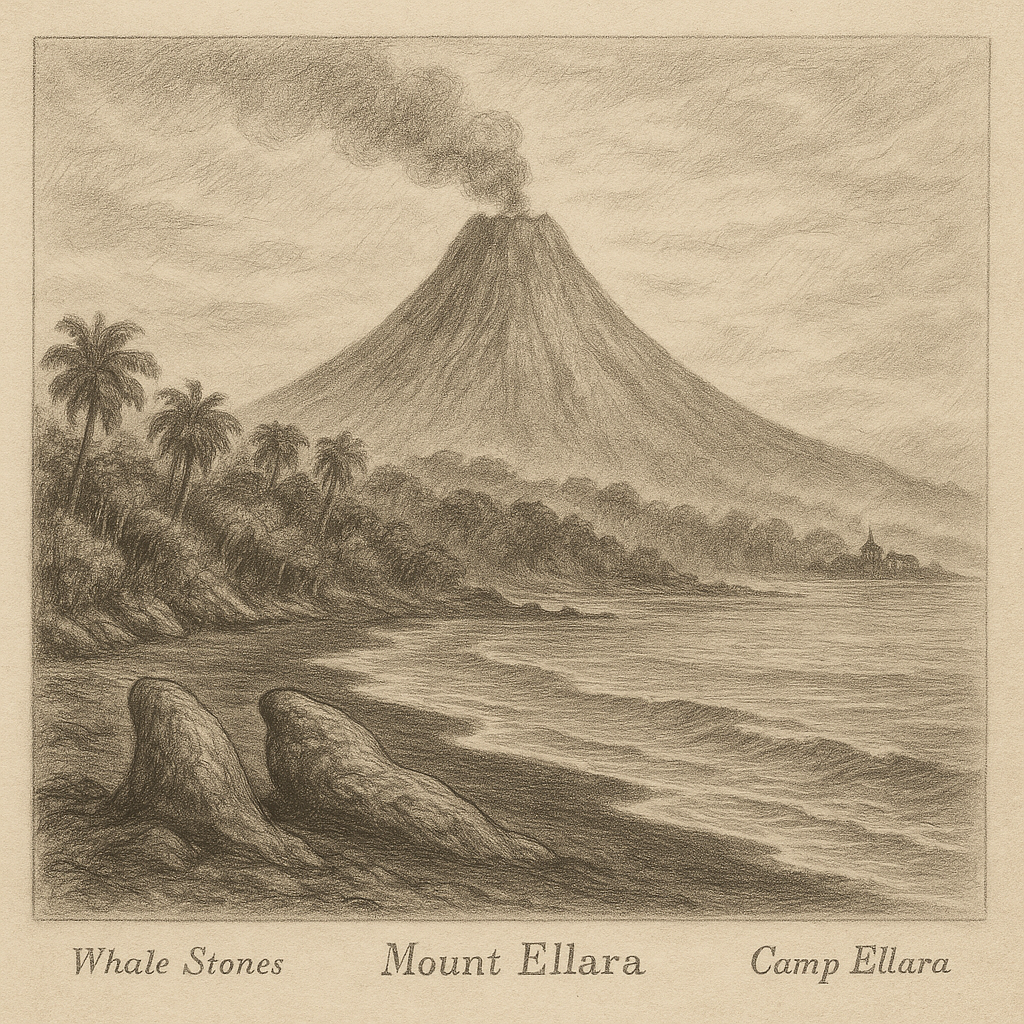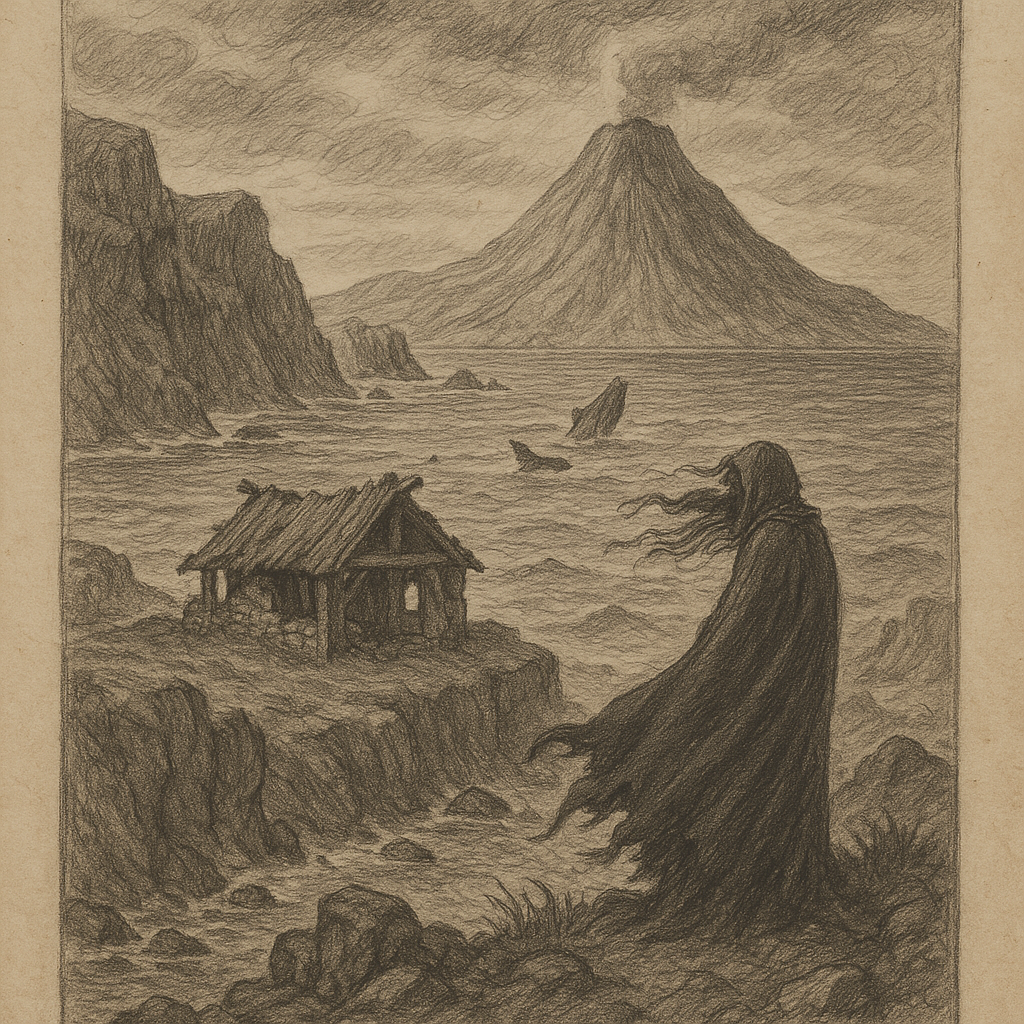Introduction to Cure Island
Cure Island is a remote and mysterious landmass nestled deep within the South Pacific Ocean. Largely untouched by modern civilization, this secluded island has long piqued the curiosity of adventurers, scientists, and storytellers alike. Known for its lush landscape, dramatic geological features, and vibrant yet fragile ecosystem, Cure Island remains one of the least explored territories in the region. While its coordinates are closely guarded to protect its biodiversity, the island is believed to be located approximately 900 kilometers southeast of the Solomon Islands and northeast of New Caledonia. As part of a volcanic archipelago, Cure Island rises dramatically from the surrounding ocean, offering an otherworldly environment teeming with life—and stories.
Geological and Geographical Significance
Cure Island lies on the complex tectonic boundary where the Pacific Plate and the Australian Plate converge, a region notorious for geological activity. Like many Pacific islands, Cure Island owes its existence to volcanic processes. The island itself is the tip of a massive underwater shield volcano that has been active intermittently for millions of years.
Underwater ridges extend outward from the island’s base, forming a submerged caldera ringed by coral reefs. The highest point on Cure Island reaches approximately 410 meters above sea level and is known as Mount Halitus. Steam vents and occasional rumblings from beneath serve as reminders of the island’s volatile origins.
Climate and Ecosystem
Boasting a humid and subtropical climate, Cure Island receives an average of 1,800 millimeters of rainfall annually, mostly between the months of November and March. This climate fosters dense tropical and subtropical vegetation across the island, including towering ferns, pandanus trees, and rare orchids that are not found anywhere else on Earth.
Cure Island’s isolation has fostered the evolution of numerous endemic species. Among the most notable are the Cure Island ground parrot, the sapphire gecko, and a species of iridescent beetle that lives exclusively within the island’s hibiscus groves. An Important Bird Area (IBA), the island serves as a nesting site for several species of shearwaters and petrels. The surrounding waters form a rich marine sanctuary, home to green sea turtles, reef sharks, and migrating pods of humpback whales.
Current Human Presence and Access
Due to its ecological sensitivity and remote location, Cure Island has no permanent human settlement. The island is managed under a strict conservation policy governed by an international trust established to protect at-risk Pacific ecosystems. Only a small team of conservation biologists and meteorological researchers are allowed limited seasonal access.
All visitors must obtain multiple layers of permits from regional authorities and international maritime conservation bodies. These permits are only granted for scientific research or recognized conservation efforts. Travel to Cure Island is generally possible only by specially approved chartered vessels equipped to minimize ecological impact.
Unique Features and Curiosities
One of the most intriguing features of Cure Island is its natural phosphorescence. At night, certain lagoons along its eastern shore glow with a surreal bluish light caused by a high concentration of bioluminescent plankton. This phenomenon, particularly vivid during waning moons, has led to the nickname “The Luminous Isle” among sailors and adventurers.
Another peculiarity is the presence of ancient stone formations arranged in concentric circles near the island’s central plateau. These are believed by some scholars to be remnants of a pre-Polynesian civilization, though definitive evidence of early human habitation remains elusive. Submerged ruins just off the western coast—visible only during exceptionally low tides—have further fueled such speculation.
Interestingly, researchers have also documented instances of migratory birds changing their usual routes to include Cure Island, suggesting the island emits unique magnetic signals that may influence avian navigation systems.
Legends and Folklore
Cure Island is steeped in local legends passed down through generations of seafarers and neighboring island cultures. The most enduring tale is that of “The Healer’s Sanctuary,” a mythical figure said to have lived on Cure Island over a thousand years ago. According to oral tradition, this healer possessed the ability to cure any illness using a combination of local flora and ancient incantations. Sailors avoided the island out of both reverence and fear, believing it to be home to spirits that could reveal or alter one’s fate.
Another legend describes a “Stone Mirror” hidden within the island’s jungle—a crystal-clear pool allegedly capable of revealing one’s true destiny to those brave enough to stare into their reflection under a lunar eclipse. Although many have searched, the Mirror has never been found, and some locals insist it only appears to those deemed worthy.
Superstitions also abound regarding sudden fog banks that envelop the island without warning. Some believe these mists are the physical manifestation of the Healer’s protective spirit, shielding the secrets of Cure Island from those with impure intentions.
Conservation Efforts and Future
Due to its untouched and pristine ecosystem, Cure Island has been designated a Global Biodiversity Preservation Site by several international organizations, including UNESCO and the International Union for Conservation of Nature (IUCN). Active efforts are underway to study and preserve the island’s rare species and to remove invasive organisms such as rodents and non-native weeds introduced inadvertently by early seafarers.
Advanced monitoring technologies like drone mapping, underwater rovers, and satellite-connected observation posts are now helping researchers gain deeper insights into the island’s delicate balance without intrusive presence. Education and awareness campaigns are also being launched in neighboring island nations to foster respect and long-term protection for Cure Island as a shared ecological treasure.
Conclusion
Cure Island remains an enigmatic jewel in the vast South Pacific, characterized by its geological drama, ecological rarity, and rich tapestry of mythology. While access is limited and tightly controlled, the island’s aura continues to inspire awe among those who study it from afar—or are fortunate enough to set foot upon its shores. Whether viewed as a scientific frontier, a sanctuary of biodiversity, or a cradle of ancient legends, Cure Island stands as a testament to the enduring mystery and majesty of our planet’s remote corners.



